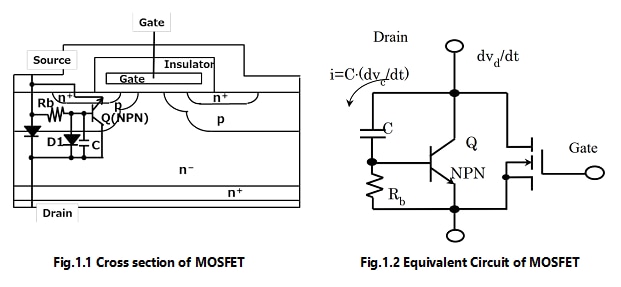- General Top
- SEMICONDUCTOR
- STORAGE
- COMPANY
-
My ToshibaSemicon
- Semiconductor Top
-
ApplicationsAutomotive
Body Electronics
xEV
In-Vehicle Infotainment
Advanced Driver-Assistance Systems (ADAS)
Chassis
IndustrialInfrastructure
BEMS/HEMS
Factory Automation
Commercial Equipment
Consumer/PersonalIoT Equipment
Healthcare
Wearable Device
Mobile
Computer Peripherals
-
ProductsAutomotive Devices
Discrete Semiconductor
Diodes
Transistors
Logic ICs
Analog Devices
Digital Devices
Wireless Devices
※
: Products list (parametric search)
Power SemiconductorsSiC Power Devices
※
: Products list (parametric search)
Isolators/Solid State RelaysPhotocouplers
Digital Isolators
Solid State Relays
Fiber Optic Transmitting Modules
※
: Products list (parametric search)
MOSFETsIGBTs/IEGTsBipolar Transistors※
: Products list (parametric search)
Diodes※
: Products list (parametric search)
MicrocontrollersMotor Driver ICsIntelligent Power ICs※
: Products list (parametric search)
Power Management ICsLinear ICs※
: Products list (parametric search)
General Purpose Logic ICsLinear Image SensorsOther Product ICsOther Product ICs
※
: Products list (parametric search)
-
Design & Development
-
Knowledge
- Where To Buy
- Part Number & Keyword Search
- Cross Reference Search
- Parametric Search
- Stock Check & Purchase
This webpage doesn't work with Internet Explorer. Please use the latest version of Google Chrome, Microsoft Edge, Mozilla Firefox or Safari.
require 3 characters or more. Search for multiple part numbers fromhere.
The information presented in this cross reference is based on TOSHIBA's selection criteria and should be treated as a suggestion only. Please carefully review the latest versions of all relevant information on the TOSHIBA products, including without limitation data sheets and validate all operating parameters of the TOSHIBA products to ensure that the suggested TOSHIBA products are truly compatible with your design and application.Please note that this cross reference is based on TOSHIBA's estimate of compatibility with other manufacturers' products, based on other manufacturers' published data, at the time the data was collected.TOSHIBA is not responsible for any incorrect or incomplete information. Information is subject to change at any time without notice.
require 3 characters or more.
Is it acceptable to use a body diode between the drain and source?
It is possible to actively use a body diode between drain and source. It is actually used in motor drive circuits, power supply circuits, etc.
The figure below shows the positions where body diodes are formed in MOSFET cross-section, and the equivalent circuitry considering parasitic elements.
For MOSFET used in these applications, we describe the specifications for body diodes in the datasheet.

Item |
Symbol |
Unit |
Description |
|---|---|---|---|
Drain reverse current (continuous) |
IDR IDRP |
A |
The maximum forward current allowed for the body diode of the MOSFET. |
Forward voltage (diode) |
VDSF |
V |
Drain-source voltage when forward current is applied to the body diode. |
Reverse recovery time |
trr |
ns |
These are the time (trr) and charge (Qrr) until the reverse recovery current disappears in the reverse recovery operation of the body diode under the specified measuring conditions. The peak current at that time is Irr. |
Amount of reverse recovery charge |
Qrr |
μC |
|
Peak reverse recovery current |
Irr |
A |
|
Diode dv/dt ruggedness |
dv/dt |
V/ns |
Ruggedness the drain-to-source voltage fluctuation during diode reverse recovery. |
Item |
Symbol |
Measurement conditions |
Minimum |
Standard |
Maximum |
Unit |
|---|---|---|---|---|---|---|
Forward voltage (diode) |
VDSF |
IDR = 30.8 A, VGS = 0 V |
- |
- |
-1.7 |
V |
Reverse recovery time |
trr |
IDR = 15.4 A, VGS = 0 V-dIDR/dt = 100 A/μs |
- |
135 |
220 |
ns |
Amount of reverse recovery charge |
Qrr |
- |
0.6 |
- |
μC |
|
Peak reverse recovery current |
Irr |
- |
10 |
- |
A |
|
Diode dv/dt tolerance |
Dv/dt |
IDR = 15.4 A, VGS = 0 V, VDD = 400 V |
50 |
- |
- |
V/ns |
The body diode is described in the application note "Electrical properties: Power MOSFET application note". Please refer to this as well.